Wood pellet export volume forecast to decrease by 17% in 2023 compared to last year
After a "feverish" period in 2022 with a 30% increase in wood pellet export volume and a 150-200% increase in export price compared to 2021, wood pellet export volume is currently decreasing in both volume and export price, especially in the Korean market. If the current export momentum is maintained, the scale of wood pellet export in 2023 will decrease by about 15-17% compared to 2022.
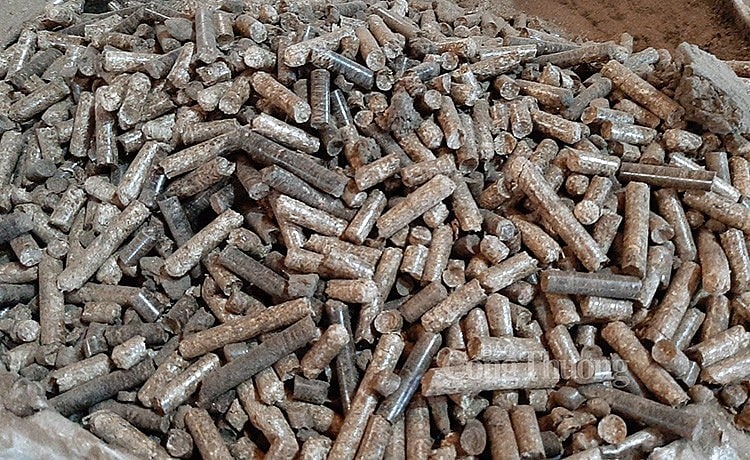 |
| Wood pellets. Photo by Nguyen Hanh |
In the first 9 months of 2023, while exports to the Japanese market reached 2 million tons, equivalent to nearly 82% of exports to this market in 2022, exports to Korea only reached nearly 1.3 million tons, equivalent to 56% of exports to this market in the whole year of 2022.
According to some export enterprises, the decrease in the amount of Vietnamese pellets exported to Korea is not due to a decrease in demand in this market, but because Korean enterprises import pellets from other sources, including Russia.
Vietnam’s pellet industry still has the opportunity to expand its export market, especially in Japan. According to pellet businesses, the demand for wood pellets in Japan will increase 3 times compared to the present. Currently, Vietnam supplies about 80% of pellets for this market. The opportunity to expand market share here is huge.
Pellets exported to Japan require sustainability certification. This is because the supply of pellets made from palm kernel oil (PKS) originating from Indonesia may not be certified and therefore will not meet the requirements of the Japanese market. If this happens, Vietnamese enterprises will have the opportunity to replace the supply of PKS from Indonesia.
In the Korean market, there is not much room for Vietnamese enterprises to develop in the future. The size of this market has not changed much. This is a relatively easy-going market, accepting supplies with low quality and standards. Currently, some Korean enterprises, mainly small enterprises, continue to buy pellets from Russia. Korea is the only country in the world that still uses supplies from Russia.
According to some Vietnamese enterprises currently exporting tablets to Korea, some major Korean buyers are starting to require evidence of traceability. According to these enterprises, in the next 4-5 years, product traceability requirements will be mandatory for products exported to Korea.
Still facing many difficulties
Although it has only been established for a short time, the pellet industry has become an important component of the wood processing industry. The industry continues to expand and has much room for future development, both in the export and domestic markets. However, the industry is facing a number of difficulties that directly affect sustainable development.
One of the biggest difficulties is the unsustainability of raw wood input sources, both in terms of quantity and standards and quality. Dr. To Xuan Phuc - Executive Director of the Forestry Policy, Trade and Finance Program of Forest Trends Organization, commented that solving these difficulties requires the Government to have reasonable policy mechanisms, especially policies on balancing processing capacity and planted forest material areas.
Specifically, local management agencies need to calculate the raw wood supply capacity of planted forest areas (and processing facilities) within their locality, assess the capacity and performance of processing projects, and then decide to license these projects based on their raw material supply capacity.
This decision needs to ensure that the processing capacity of enterprises using the same source of raw wood (for example, the same source of plantation wood) does not exceed the raw material supply capacity of the region. This decision also requires calculations on the interaction and competition between the processing components of enterprises using plantation wood - including facilities processing wooden furniture, peeled boards, plywood, wood chips, pellets, etc.
Investment approval decisions based on these considerations will help reduce unsustainable competition for input materials between enterprises in different wood industry sectors and between enterprises in the same sector. This will contribute to making enterprises in the pellet industry (and in other wood industry sectors) develop more sustainably.
With its current nature, the wood pellet industry deserves to receive more attention in terms of policy mechanisms. The industry's input wood materials are currently by-products of the processing industry and/or of planted forest wood sources.
As a by-product, this raw material is often not highly valued in terms of economic value. In some localities where there is no presence of pellet production facilities, this by-product is even being burned.
However, this by-product is currently generating nearly 800 million USD in export revenue each year. This by-product is also playing and will continue to play an important role in contributing to reducing greenhouse gas emissions, not only in countries that are importing this product from Vietnam but also has the potential to reduce emissions in Vietnam itself.
However, the industry has not yet received any mechanisms or policies to promote sustainable development. Pellet enterprises deserve to receive dedicated mechanisms and policies. These mechanisms and policies can be direct support for manufacturing enterprises (for example, incentives in accessing capital, technology, land, etc.).
Support mechanisms and policies can also be indirect, through tools to encourage the expansion of export markets and domestic consumption of this product, including incentives on electricity prices using pellets, incentives for businesses switching from high-emission raw materials to using pellets. Effective implementation of policies and mechanisms specifically for the pellet industry will contribute significantly to promoting the industry's sustainable development in the future.
Source link





![[Photo] "Beauties" participate in the parade rehearsal at Bien Hoa airport](https://vstatic.vietnam.vn/vietnam/resource/IMAGE/2025/4/11/155502af3384431e918de0e2e585d13a)
![[Photo] Looking back at the impressive moments of the Vietnamese rescue team in Myanmar](https://vstatic.vietnam.vn/vietnam/resource/IMAGE/2025/4/11/5623ca902a934e19b604c718265249d0)


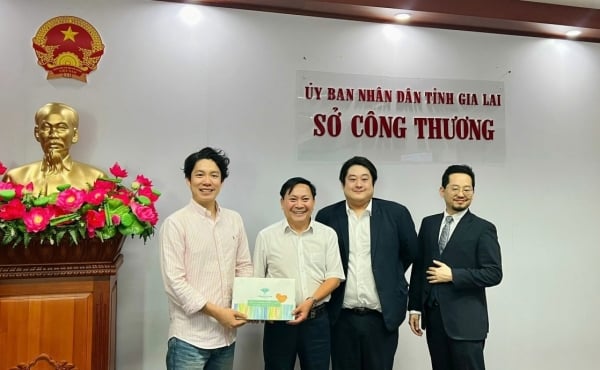
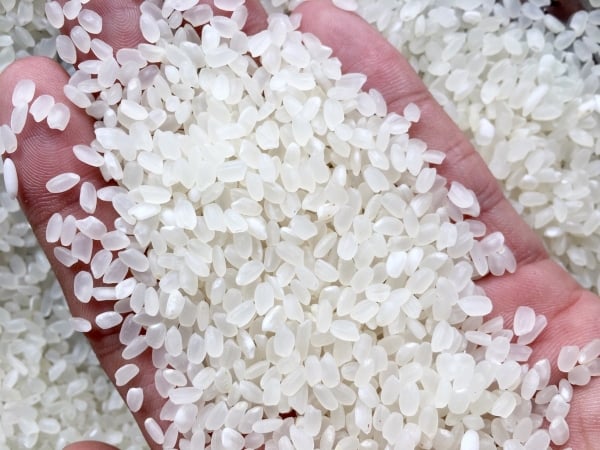
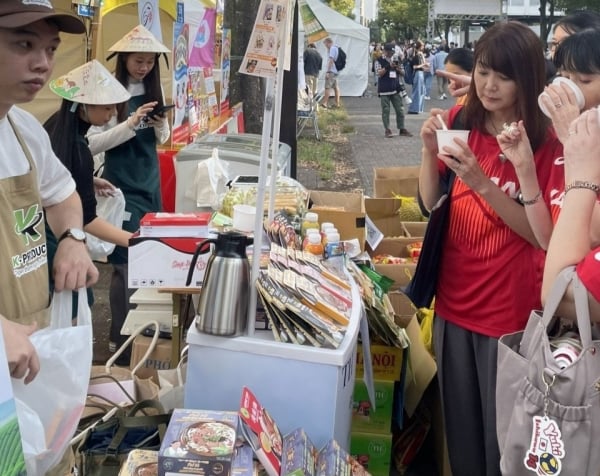
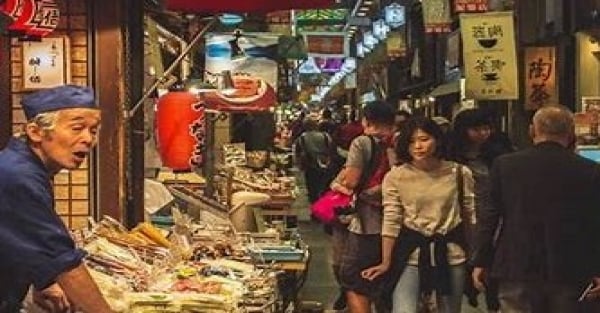
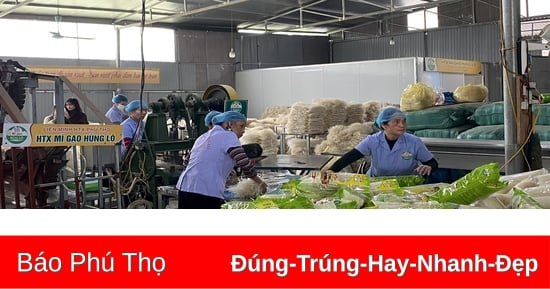

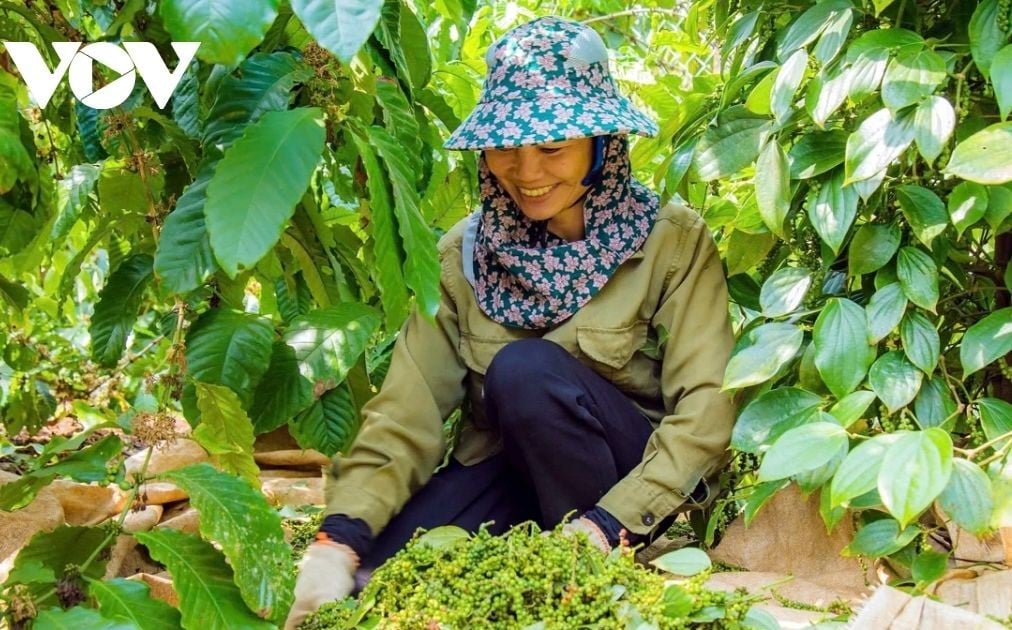
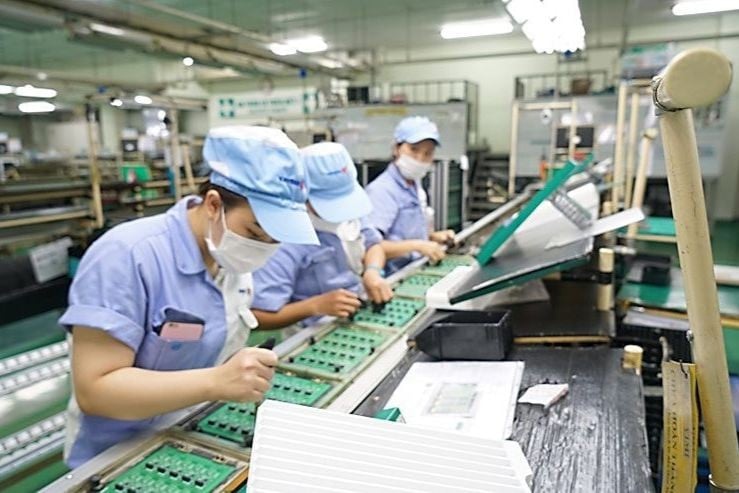
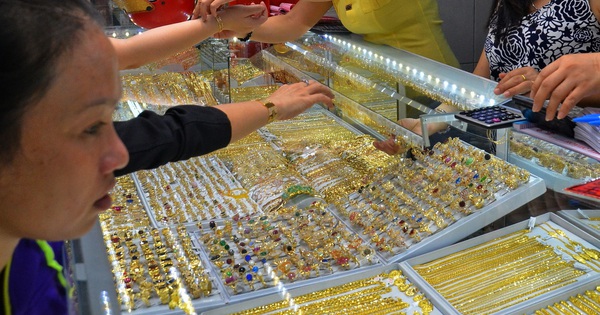
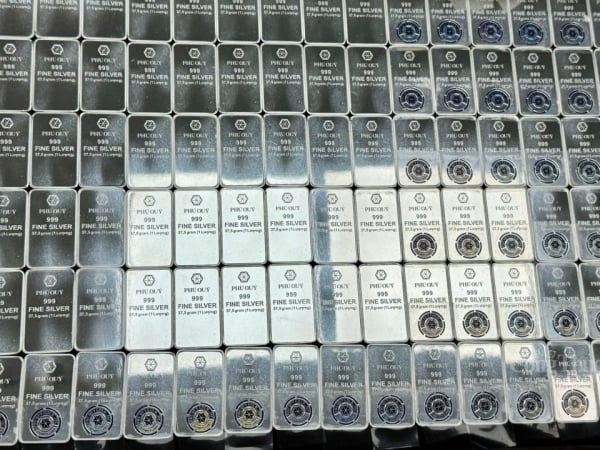
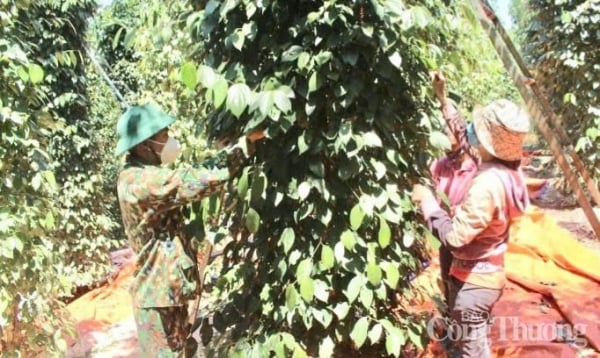
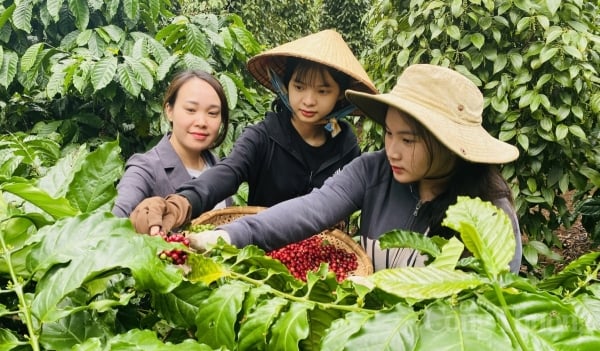



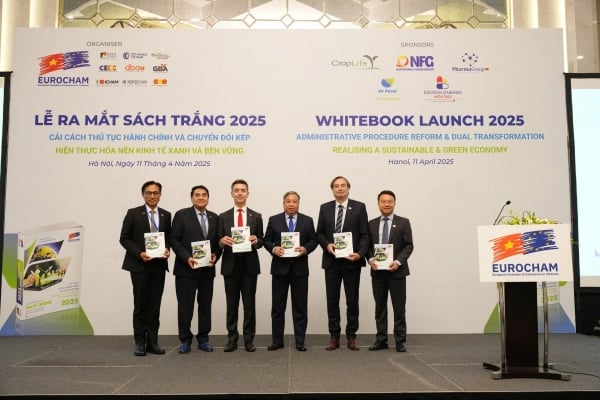
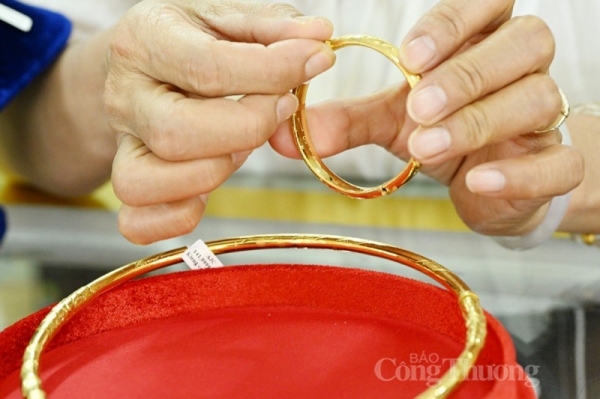
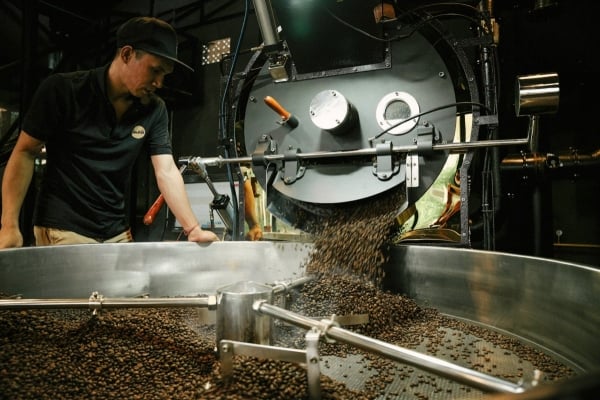
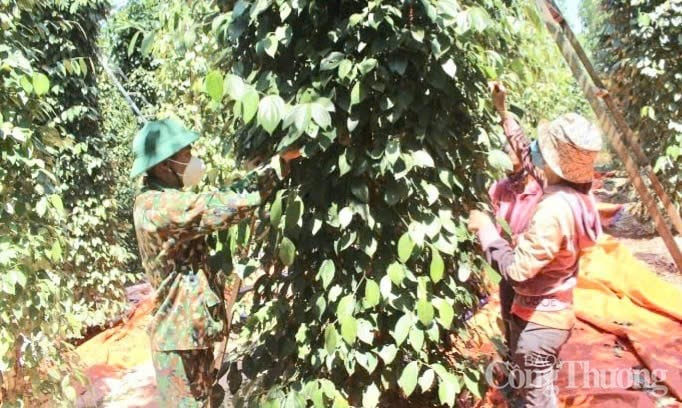


![[Photo] Summary of parade practice in preparation for the April 30th celebration](https://vstatic.vietnam.vn/vietnam/resource/IMAGE/2025/4/11/78cfee0f2cc045b387ff1a4362b5950f)


































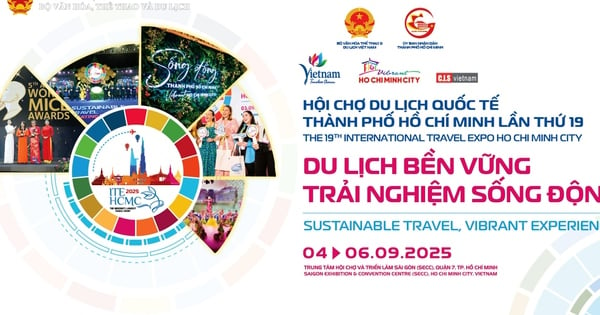







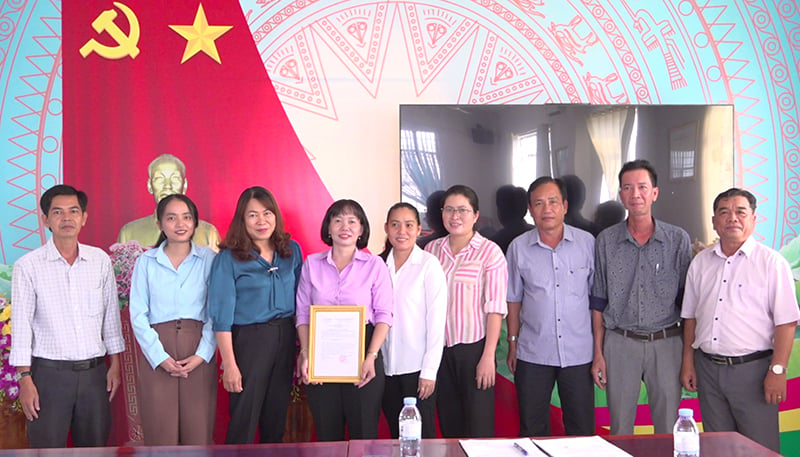
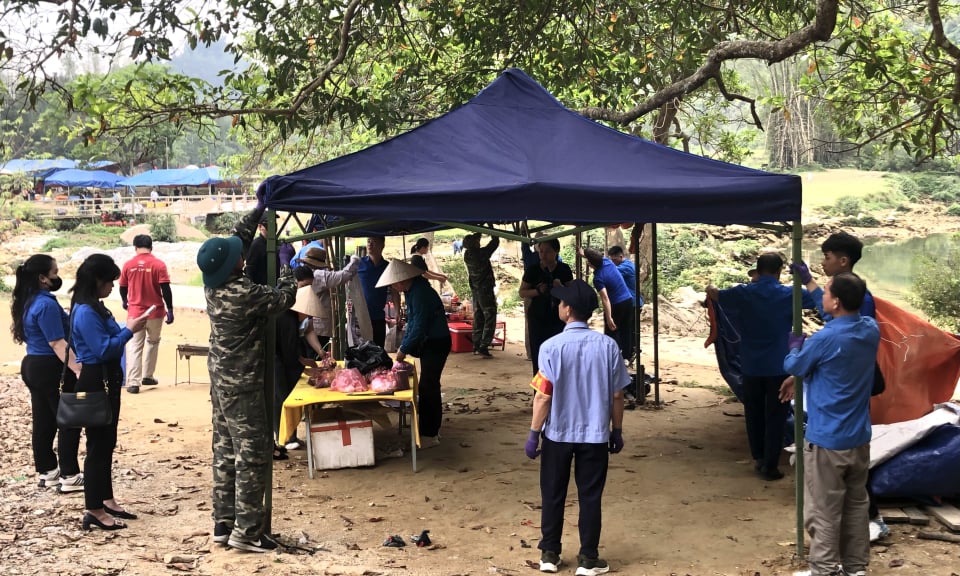

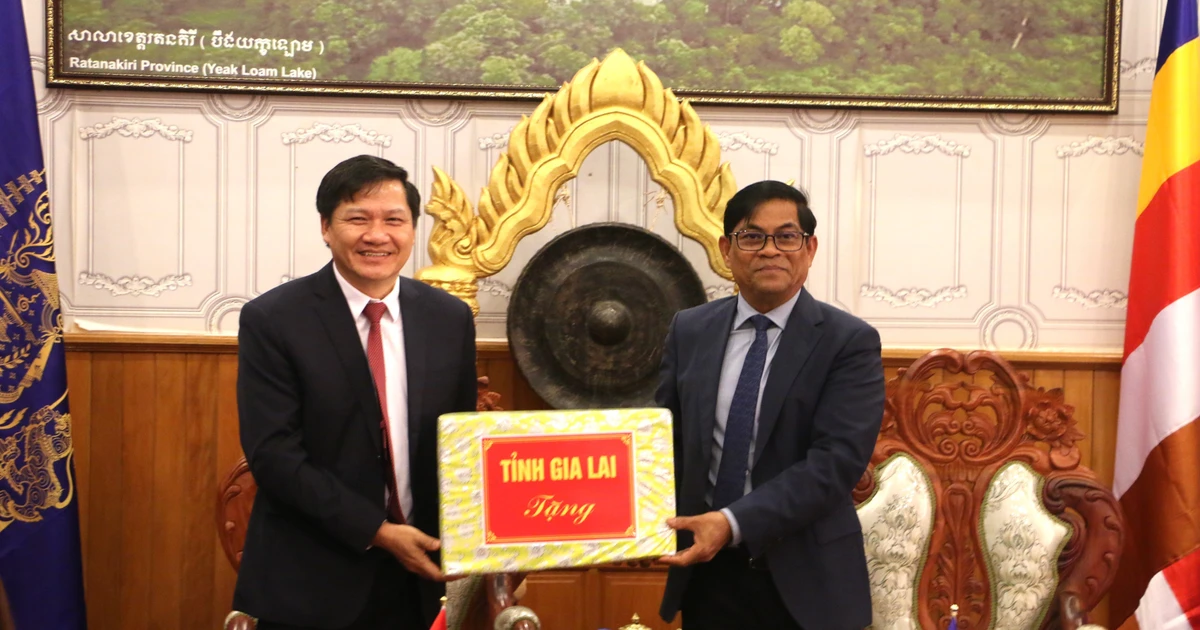



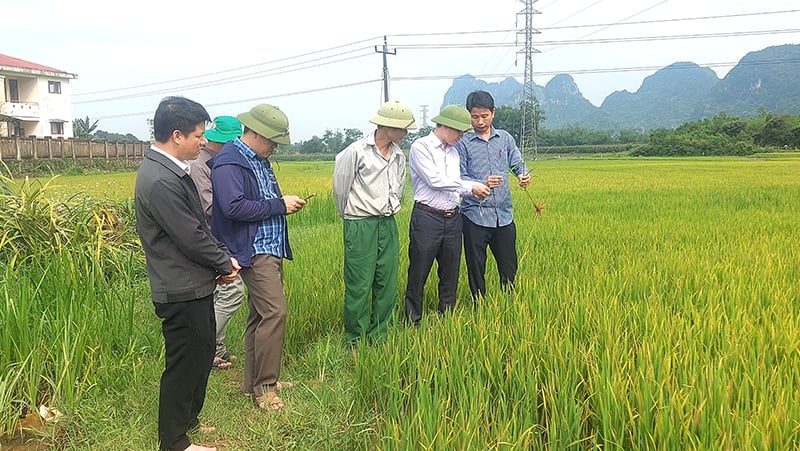











Comment (0)